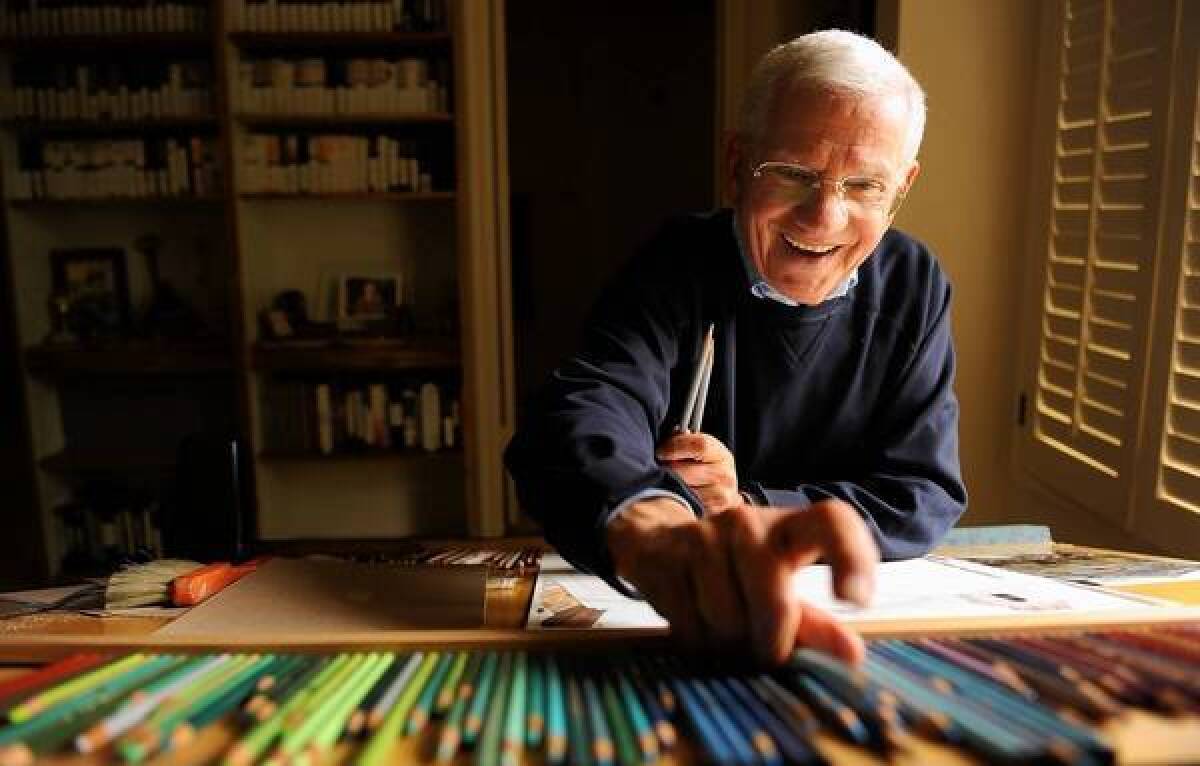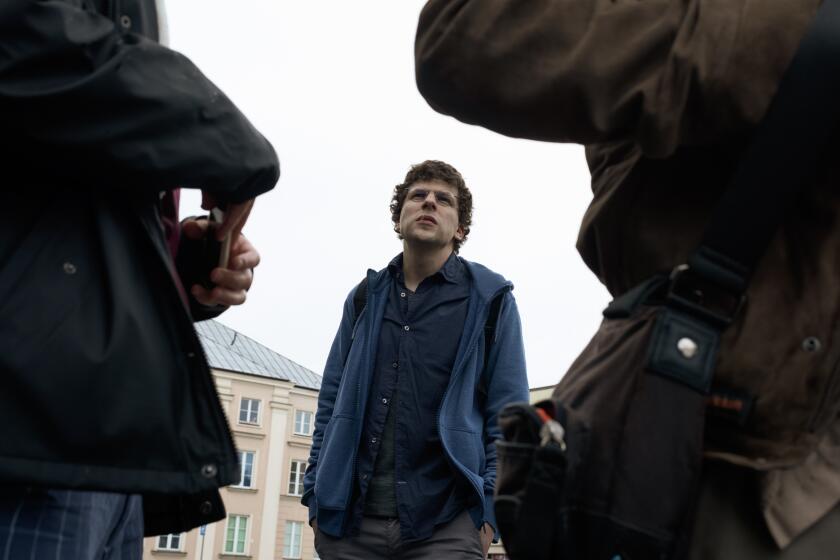Robert Clary a survivor in life and entertainment

In more ways than one, Robert Clary is a survivor.
In real life, the diminutive Parisian-born actor and singer survived three years in concentration camps as a Jewish teenager during World War II. In show business, the 87-year-old has had a long and successful career that has included TV, Broadway, nightclubs and records.
Clary remains best known for his role as master chef and French patriot Cpl. LeBeau in the 1965-71 CBS comedy series “Hogan’s Heroes,” which was set in a German stalag, or POW camp, during WWII. The series also featured Bob Crane, Werner Klemperer, John Banner, Richard Dawson, Ivan Dixon and Larry Hovis.
PHOTOS: A trio of foreign-born ‘Hogan’s Heroes’ actors
Despite his horrific experiences during the Holocaust, Clary said in a recent interview that he didn’t have any qualms about doing “Hogan’s Heroes.”
“True, they were in a camp, but they were not treated the same as a concentration camp,” he said. “It was a stalag. You received letters and packages.”
After the series went off the air, he remained close to the two other actors on the series whose lives had been upended by the Nazis — German-born Klemperer, who won Emmys as the officious Col. Klink, and the Austrian-born Banner, who played the befuddled Sgt. Schultz. Both were Jews who had fled the Nazis before the outbreak of the war. “But John lost a lot of his family,” said Clary.
Clary will be appearing Wednesday at the American Cinematheque’s Aero Theatre to talk about his life in between screenings of two of his features. “New Faces” is the film version of the hit Broadway musical revue “New Faces of 1952,” which Clary did with Eartha Kitt, Ronny Graham, Alice Ghostley and Paul Lynde, and “The Hindenburg,” Robert Wise’s 1975 historical drama with George C. Scott and Anne Bancroft.
Before the screenings, Clary will sign copies of his 2001 autobiography, “From the Holocaust to Hogan’s Heroes.”
“New Faces” also was one of Mel Brooks’ earliest writing credits. “He did a wonderful sketch,” said Clary. “I am very close to Mel Brooks. When he married Anne Bancroft, I was very friendly with her too. In the ‘Hindenburg,’ we had a scene and I said to Anne, ‘How’s Mel?,’ and she said, ‘Short.’”
PHOTOS: Behind-the-scenes Classic Hollywood
Though he doesn’t work as an entertainer anymore, Clary remains active. He’s lived in the same Beverly Hills home for more than 40 years. The ranch-style house is adorned with some of the realistic paintings he has done from photographs taken during his travels. He’s transformed his backyard into a Parisian garden. He even has his own website, https://www.robertclary.com.
Clary was married to Natalie Cantor, the daughter of his mentor Eddie Cantor, for 32 years until her death in 1997. It took a while for love to bloom. In true “When Harry Met Sally” fashion, the two “were the closest of friends” for 15 years before they married.
The youngest of 14 children, Clary began singing and performing at age 12. He resumed his career after the war and his recordings became hits in France. They became popular in the United States after he was discovered performing at a dance hall by Harry Bluestone of Standard Radio Transcriptions, a company that made recordings for the radio.
Their success in the U.S brought him to Los Angeles in 1949 to record for Capitol Records. A year later, he landed an appearance on “The Ed Wynn Show” and began meeting people such as Merv Griffin and Natalie and Eddie Cantor.
“Eddie Cantor helped my career tremendously,” said Clary. “If he thought somebody was talented, he would help them. He put me on the ‘Colgate Comedy Hour’ and then he took me to New York to the La Vie en Rose club.”
It was while performing at the swank New York joint that he was spotted by “New Faces” composer Arthur Siegel, who brought Clary to the attention of the show’s producer, Leonard Sillman. Soon Clary was on Broadway.
PHOTOS: Hollywood backlot moments
Clary loved being in show business — “to me, it was like breathing.”
But even more important to Clary was to “teach man’s inhumanity to man.”
For 20 years, he traveled the U.S. and Canada, speaking at schools, colleges and other venues about the horrors of the Holocaust.
“I’m as tough as nails,” he noted. “But once in a while, I think how my parents died. They went to Auschwitz and directly to the gas chambers. Sometimes I see their last minute and it absolutely kills me.”
For more information go to https://www.americancinematheque.com.
Are you an aficionado of iconic Hollywood? Like us on Facebook and go to the Classic Hollywood landing page to get more Times coverage.
PHOTOS AND MORE
TIMELINE: Violence in movies
ENVELOPE: The latest awards buzz
PHOTOS: Greatest box office flops
More to Read
Only good movies
Get the Indie Focus newsletter, Mark Olsen's weekly guide to the world of cinema.
You may occasionally receive promotional content from the Los Angeles Times.











